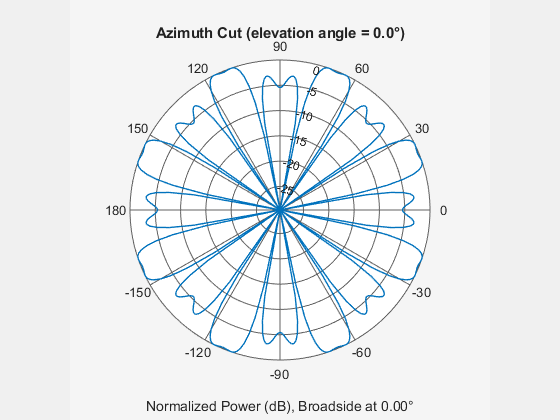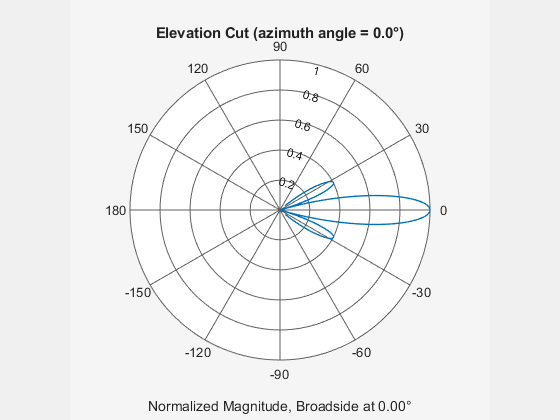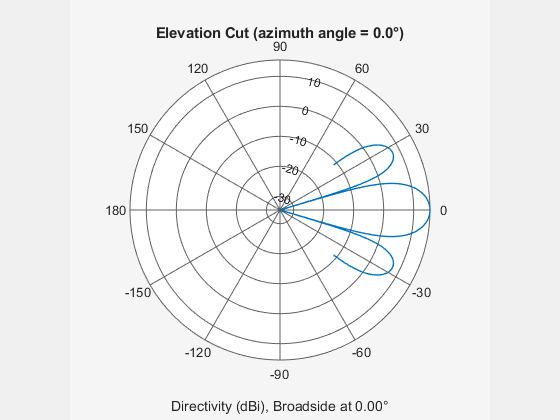phased.ConformalArray
Conformal array
Description
The phased.ConformalArray
System object™ constructs a conformal array. A conformal array can have elements at arbitrary
positions and pointing in any direction.
To create and use phased.ConformalArray :
Create the
phased.ConformalArrayobject and set its properties.Call the object with arguments, as if it were a function.
To learn more about how System objects work, see What Are System Objects?
Creation
Syntax
Description
array = phased.ConformalArrayarray. By default, the array consists of one phased.IsotropicAntennaElement.
array = phased.ConformalArray(Name=Value)array, with each specified property Name set to the
specified Value. You can specify additional name-value pair arguments in any order as
(Name1=Value1,...,NameN=ValueN).
array = phased.ConformalArray(POS,NV,Name=Value)array, with the
ElementPosition property set to POS, the
ElementNormal property set to NV, and other
specified property Names set to the specified Values. POS and
NV are value-only arguments equivalent to specifying the ElementPosition and ElementNormal properties. When
specifying a value-only argument, specify all preceding value-only arguments. You can
specify Name-Value arguments in any order.
Properties
Usage
Syntax
Description
Input Arguments
Output Arguments
Object Functions
To use an object function, specify the
System object as the first input argument. For
example, to release system resources of a System object named obj, use
this syntax:
release(obj)
Examples
References
[1] Josefsson, L. and P. Persson. Conformal Array Antenna Theory and Design. Piscataway, NJ: IEEE Press, 2006.
[2] Van Trees, H. Optimum Array Processing. New York: Wiley-Interscience, 2002.
Extended Capabilities
Version History
Introduced in R2011a


